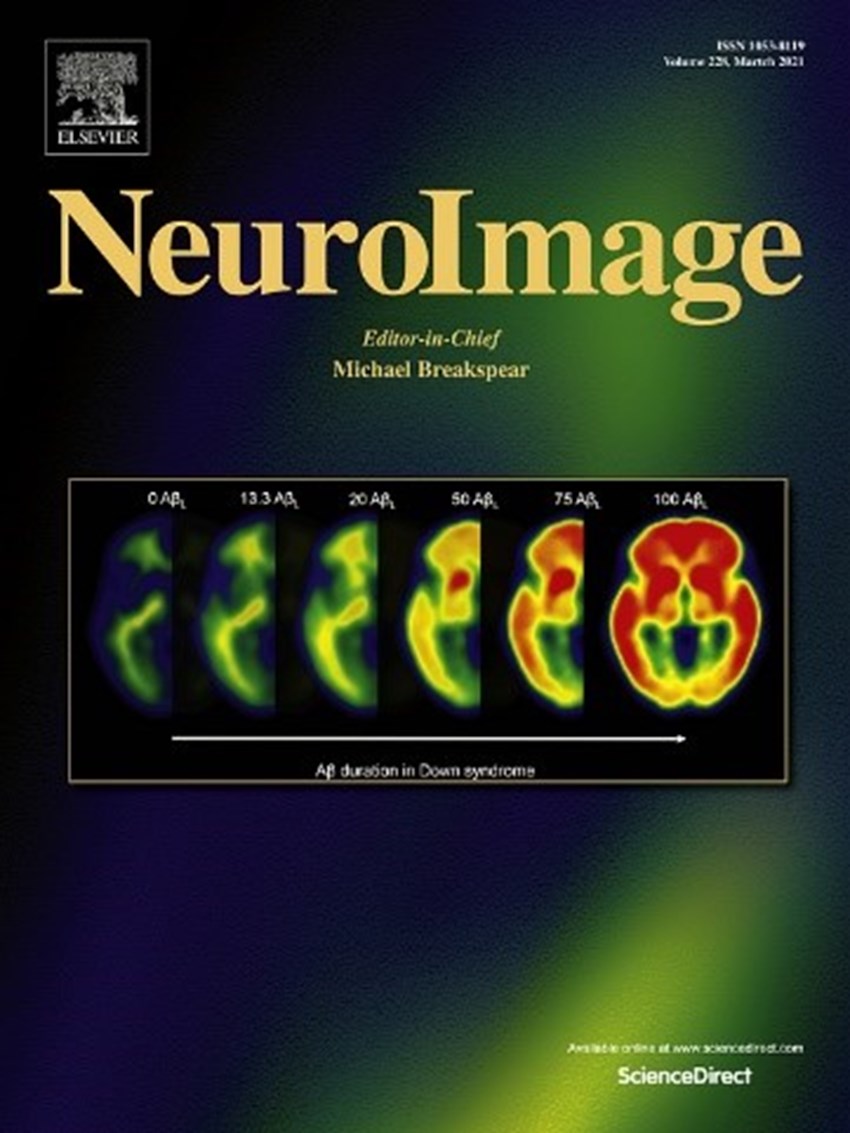In the scope of a project supported by the BIAL Foundation 231/10 - Toward understanding visual awareness: An intracranial EEG study on transient suppression phenomena of conscious visual perception, the research team led by Tonio Ball published the paper Blink- and saccade-related suppression effects in early visual areas of the human brain: Intracranial EEG investigations during natural viewing conditions in the journal NeuroImage.
“Blinks and saccades, both ubiquitous in natural viewing conditions, cause rapid changes of visual inputs that are hardly consciously perceived. The neural dynamics in early visual areas of the human brain underlying this remarkable visual stability are still incompletely understood. We used electrocorticography (ECoG) from electrodes directly implanted on the human early visual areas V1, V2, V3d/v, V4d/v and the fusiform gyrus to investigate blink- and saccade-related neuronal suppression effects during non-experimental, free viewing conditions. We found a characteristic, biphasic, broadband gamma power decrease-increase pattern in all investigated visual areas. During saccades, a decrease in gamma power clearly preceded eye movement onset, at least in V1. This may indicate that cortical information processing is actively suppressed in human early visual areas before and during saccades, which then possibly mediates perceptual visual suppression. The following eye movement offset-related increase in gamma power may indicate the recovery of visual perception and the resumption of visual processing.”





































































